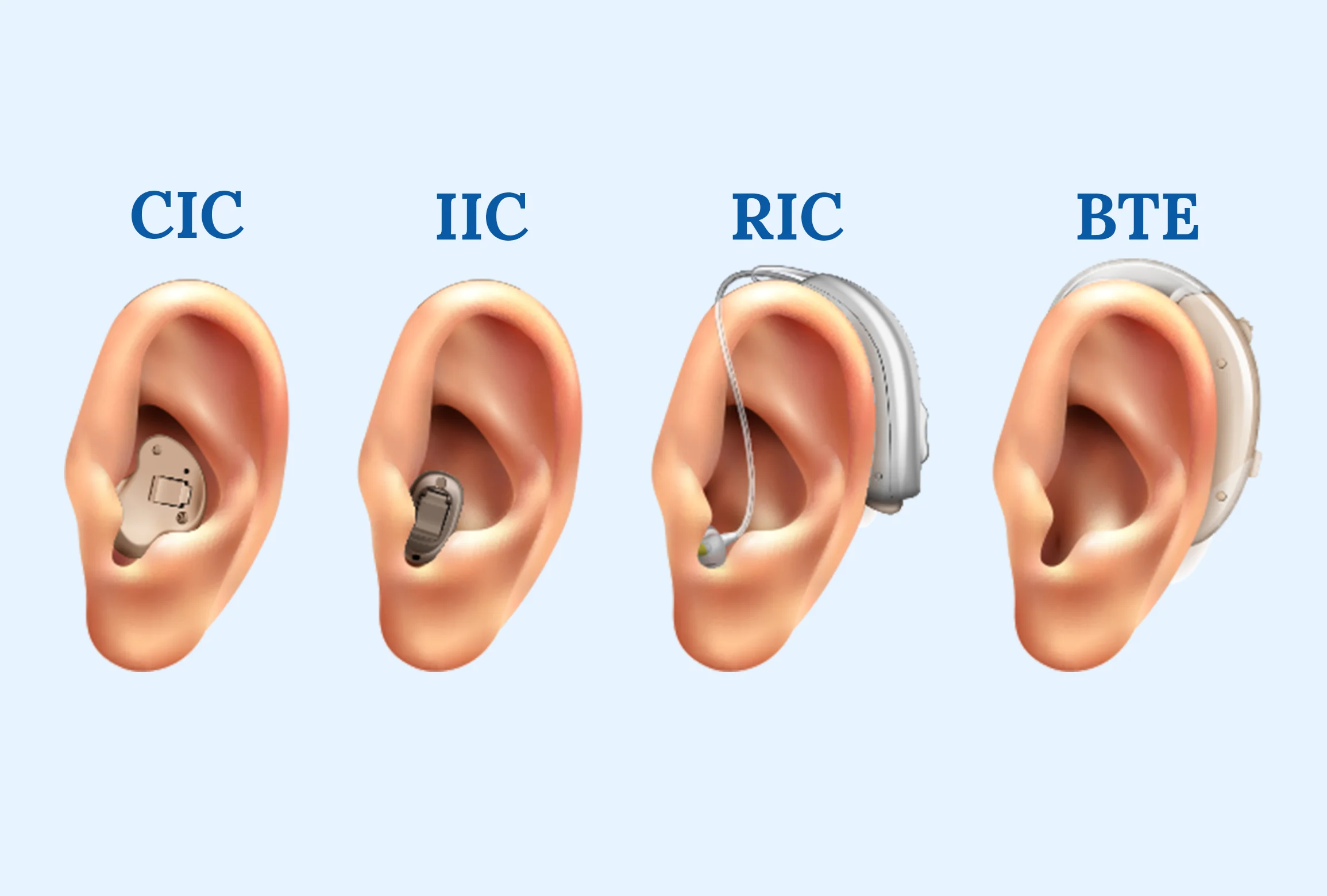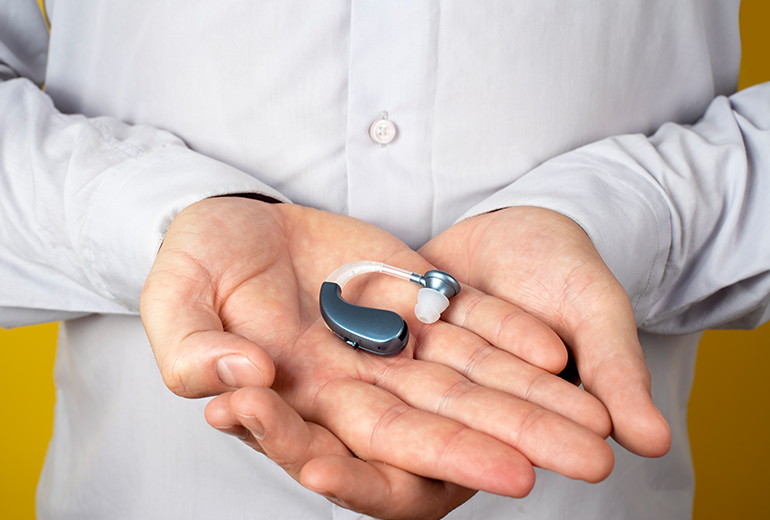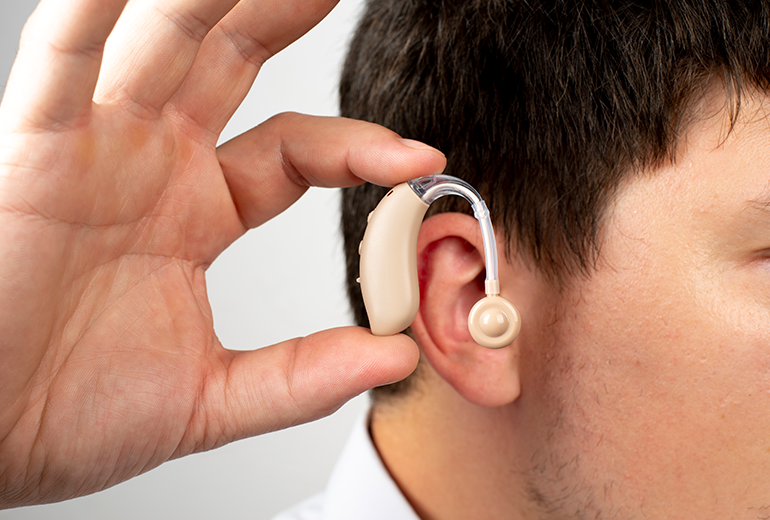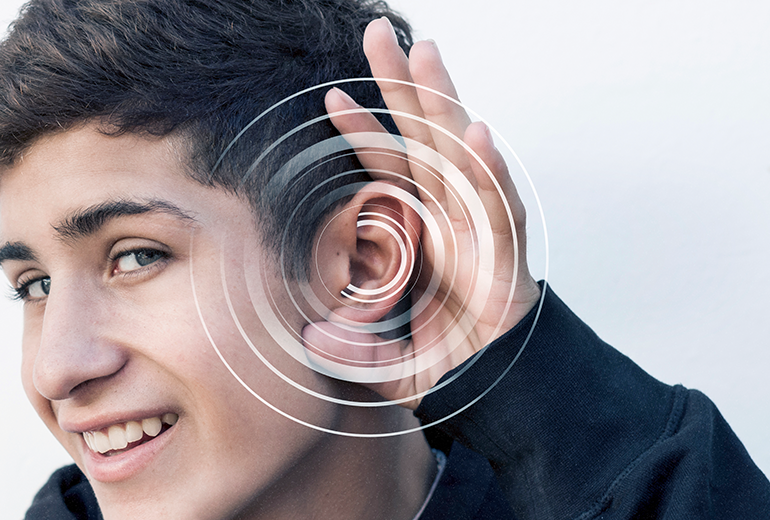Hearing Aids: The Different Types and How They Work
With names like BTE, CIC, and digital processing, the world of hearing aids seems like a language I don't speak. Don't worry, though; this guide will take the mystery out of the different kinds and show you the interesting orchestra of sound amplification that plays inside them.
The cast of characters in the first movement
Let's meet the important people:
Behind-the-Ear (BTE): These tried-and-true headphones sit behind your ear and are linked to a small speaker by a wire or tube. They fit a wide range of hearing loss levels and are very effective.
ITE stands for "in-the-ear." These fit comfortably and discreetly in the outer ear canal, providing a good balance of usefulness and understatement. They work best for people with mild to moderate hearing loss.
Fully in the Canal (CIC): These spies live deep in the ear canal and are almost invisible. They are great for people who value privacy and have mild hearing loss.
The Symphony of Sound Enhancement is the second movement.
How does this group do its magic? The whole thing can be summed up in three acts:
Sound waves enter the microphone, which is like the director of an orchestra in Act I. It turns them into electrical messages and boosts their volume, a bit like how a violinist tunes their instrument.
Act II: Getting ready: The digital processor, which is like the heart of the orchestra, takes in the electrical data like a dance. This master listens to the sounds and cuts out the background noise so that the important rhythms can be heard. It's like a pianist bringing out the lead line.
Act III: Giving birth: The last step is for the messages that have been amplified and processed to make their way to the receiver. It turns them back into sound waves and sends them through the earpiece and into your ear canal. This is the happy ending to your sound journey.
Third Movement: More Than Just the Basics—Different Takes on the Theme
But the band plays more than one tune. Different parts add their own sounds to the mix:
Using directional mics is like shining a spotlight on the lead singer: they pick up sounds coming from the front.
Noise cancellation: This skilled percussionist blocks out background noise so that only the sounds you want can be heard on stage.
Smartphones and tablets can connect to the internet via Bluetooth and stream music and calls straight to your ears.
Telecoils are hidden instruments that work with public sound systems so you don't miss a beat in churches or shows.
Last but not least, picking the right instrument for your ears
Because there are so many choices, picking the right hearing aid is like choosing your own song. Talk to your audiologist, the director who knows your hearing needs and how you live. They will help you find the right instrument so that you can once again enjoy the full range of sounds that make up life.
Don't forget that hearing aids are more than just tools; they open up a whole new world of sounds. So make a smart choice, use technology, and enjoy the music!






0 Comments
Post Comments
Nunc velit metus, volutpat elementum euismod eget, cursus nec nunc.